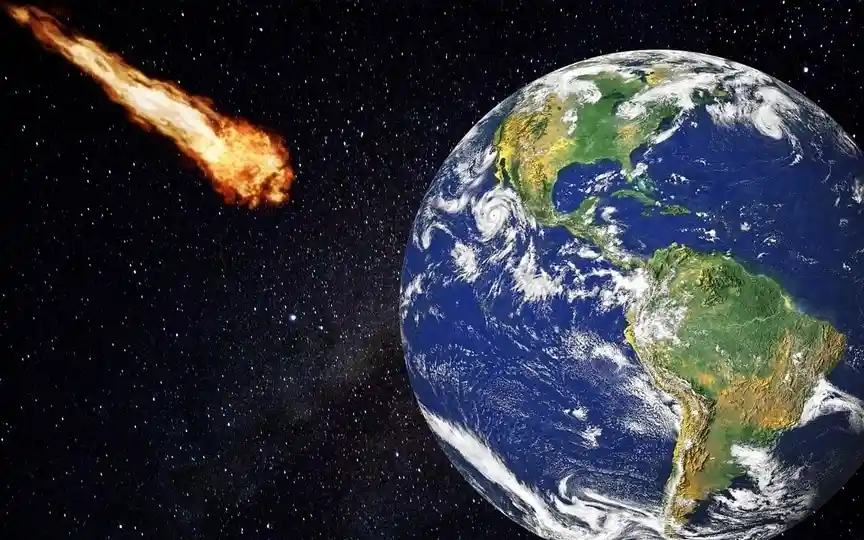NASA Reports Near-Earth Asteroid of Aircraft Size
MIT scientists have devised a novel technique to examine the inner composition of a space rock by observing alterations in its spin when it comes close to a massive celestial body, such as a planet. This breakthrough will enhance our comprehension of the asteroid’s internal structure and weight distribution, potentially aiding future DART Missions. The MIT team intends to employ this methodology in their study of Apophis, a Near-Earth Asteroid. While the chances of Apophis colliding with Earth are currently low, even a minor deviation in its path could pose a threat to our planet.
In a new development, NASA has shined a light on an asteroid that is expected to pass Earth at close range today.
Asteroid 2023 TG14
The asteroid, named Asteroid 2023 TG14, is heading towards Earth and will pass Earth today, October 26. NASA revealed these details after tracking the asteroid’s orbit using its various satellites as well as space and ground-based telescopes such as NEOWISE, Pan-STARRS and more. According to details, asteroid 2023 TG14 is expected to make its closest approach to the planet at a distance of 1.5 million kilometers. It is currently moving in an orbit that brings it close to Earth at a speed of about 24153 kilometers per hour.
This space rock belongs to the Apollo group of Near-Earth Asteroids, which are space rocks that pass through the Earth and whose semi-major axes are larger than the Earth’s axis. These asteroids are named after the huge 1862 Apollo asteroid discovered by German astronomer Karl Reinmuth in the 1930s.
How big is it?
According to NASA, the near-Earth asteroid is not expected to collide and is not large enough to be classified as a potentially hazardous object. It’s only 77 feet wide, making it the size of an airplane. This is not Asteroid 2023 TG14’s first close approach to Earth. It first passed Earth at a distance of 4.1 million kilometers on October 16, 1917, from a distance of 34 million kilometers. After today, it will pass the Earth on October 24, 2024 at a distance of about 2.5 million kilometers.




